#dwarf ginseng
Explore tagged Tumblr posts
Text



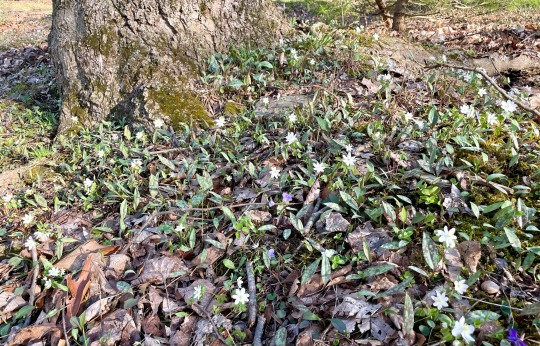

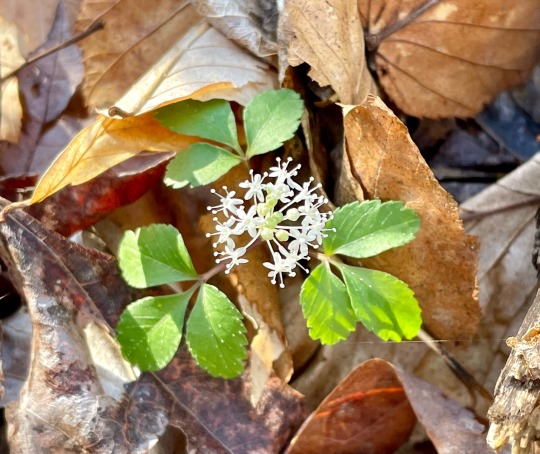
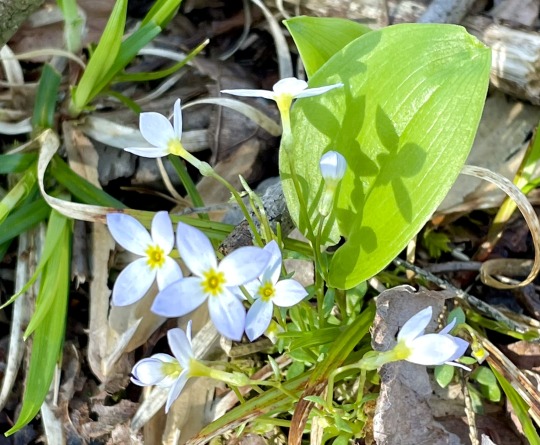
Went looking for wildflowers while I was at the lake and I was not disappointed. The first 4 pictures are of rue anemone. I saw many thousands carpeting whole sections! What you see in those wider shots but more and more of it. Amazing. Trout lilies grew among them but are just starting to bloom. Back in the thicker woods I saw some dwarf ginseng, most of them still in bud, and in the thick moss along the road just a few bluets were opening up.
Wood anemones were only in bud. Pink lady slippers are just sprouts a few inches out of the ground. It was so good to be back among those friends again. I always wonder if I’ll make it to this time of year and now here we are! \o/
#pennsylvania#wildflowers#native wildflowers#spring ephemerals#rue anemone#trout lily#dwarf ginseng#bluets#april#springtime#woodland wildflowers#honestly this is what I live for#should I have posted each separately?#plants#plantblr
211 notes
·
View notes
Text
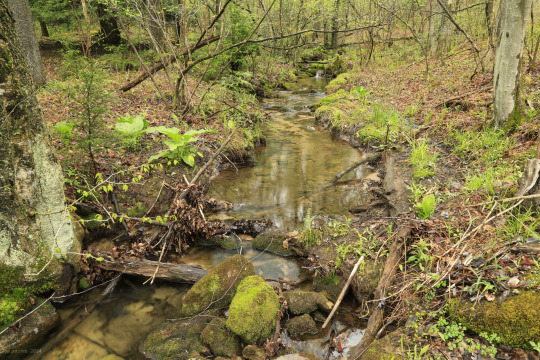
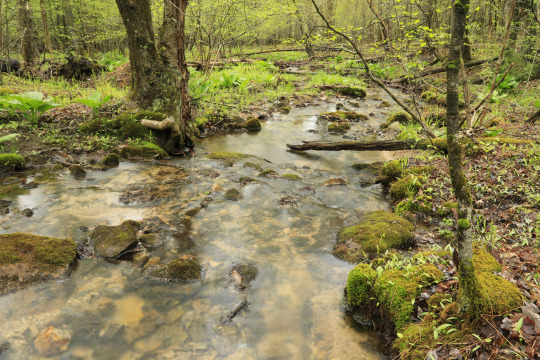
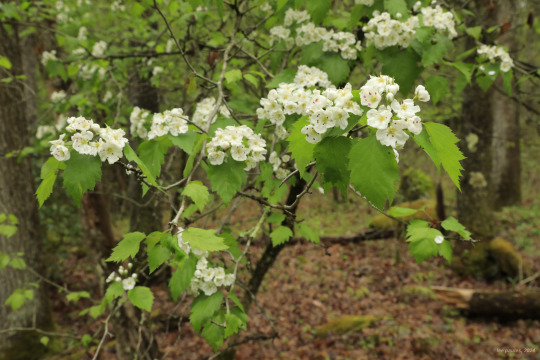

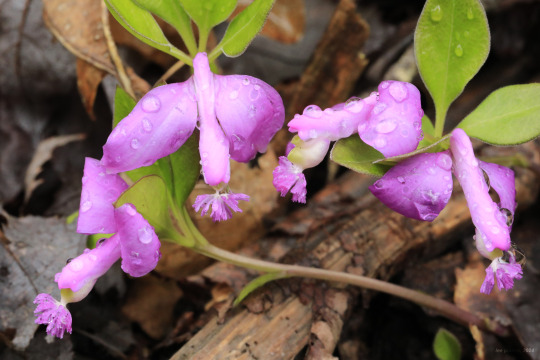
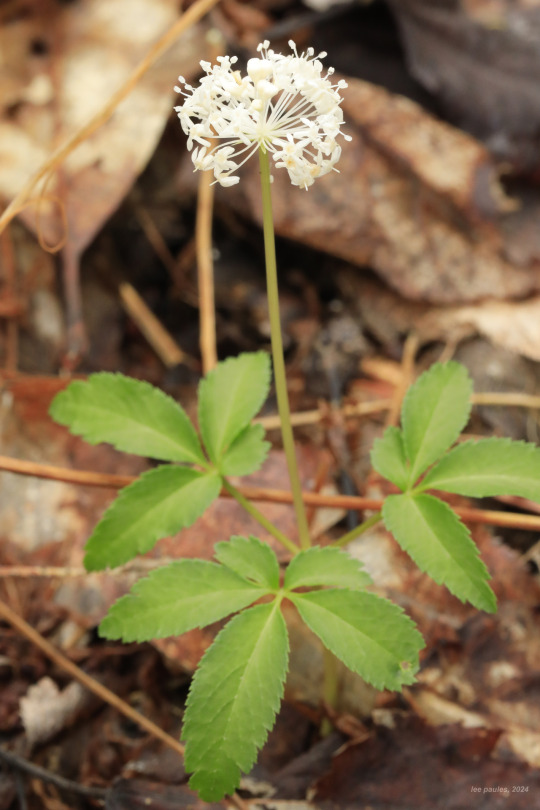

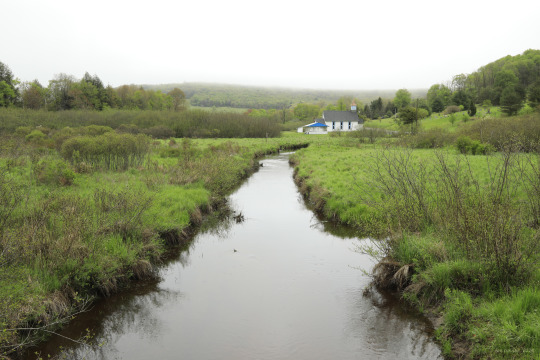
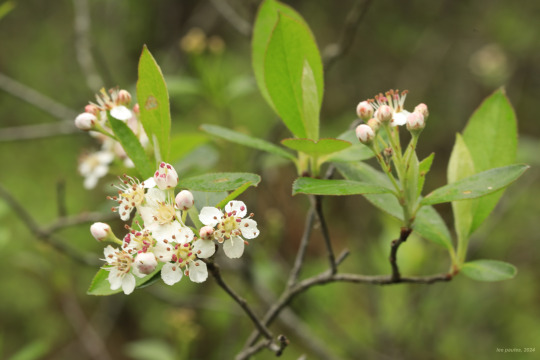
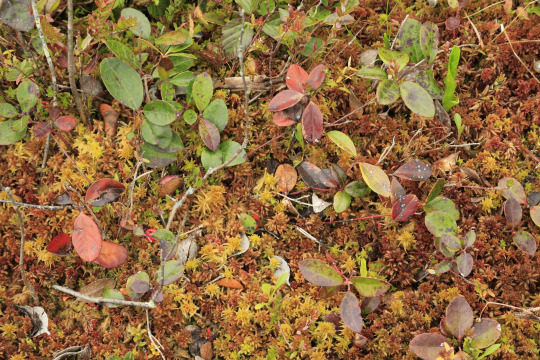
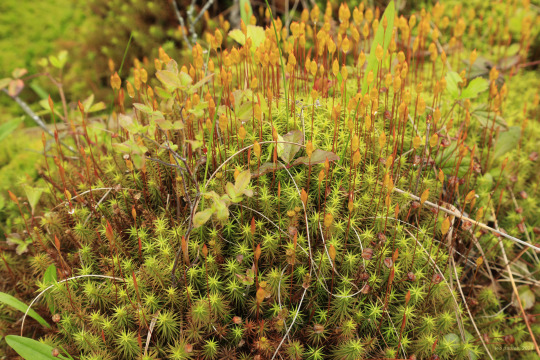
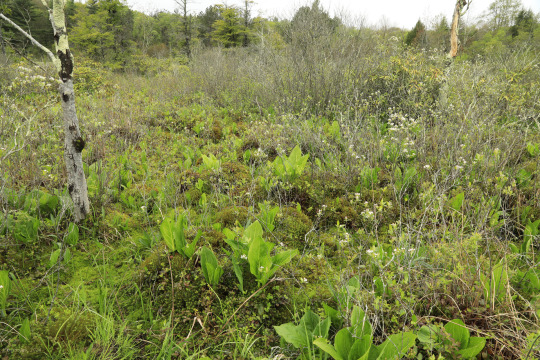
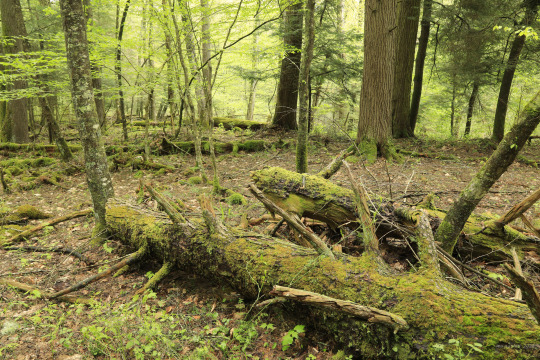

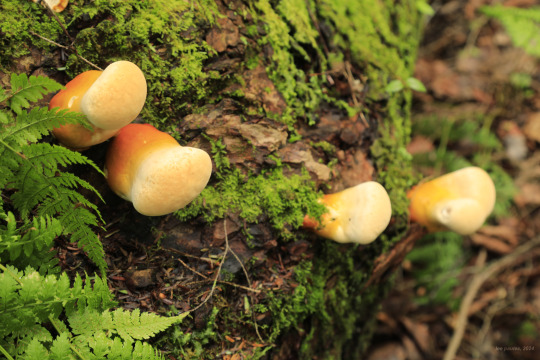
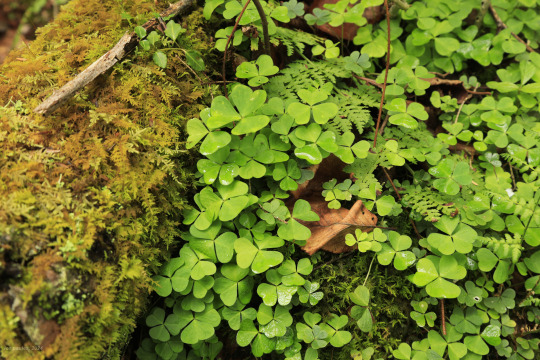

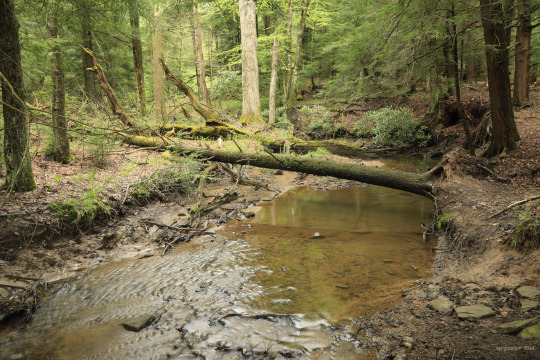
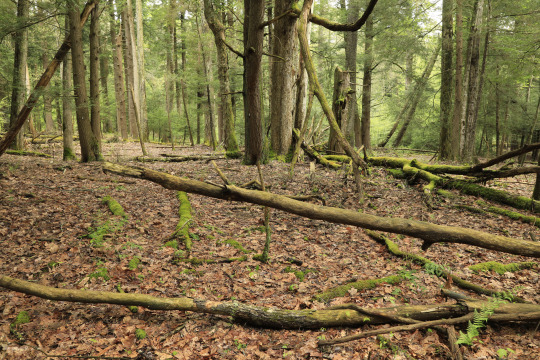
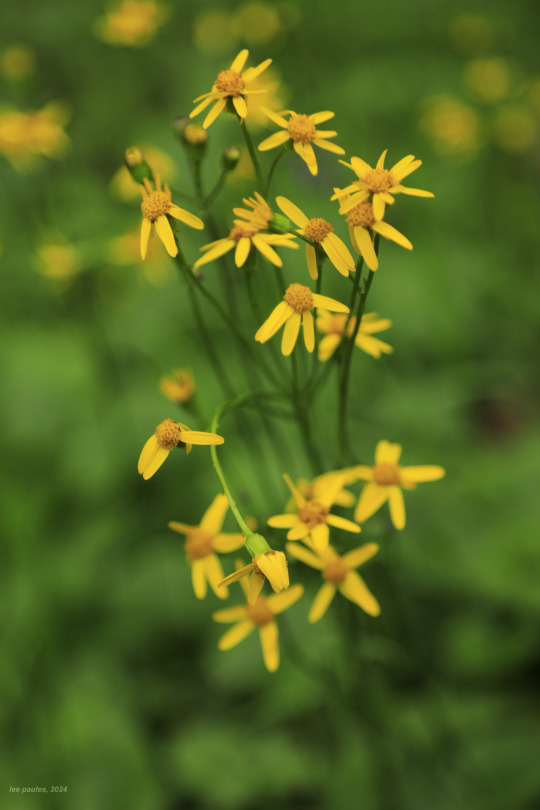
I finally got back into the mountains this weekend. My escape consisted of short hikes between successive waves of cold, soaking rain. Salvation nonetheless. Photos are from multiple stops along Rt 219 and its byways, including Garrett State Forest (MD), Cranesville Swamp (WV and MD), and Cathedral State Park (WV). The hawthorns are gorgeous this time of year, not to mention the second wave of spring wildflowers now coming into bloom, including fringed polygala (Polygaloides paucifolia), dwarf ginseng (Panax trifolius), red chokeberry (Aronia arbutifolia), painted trillium (Trillium undulatum). and golden ragwort (Packera aurea).
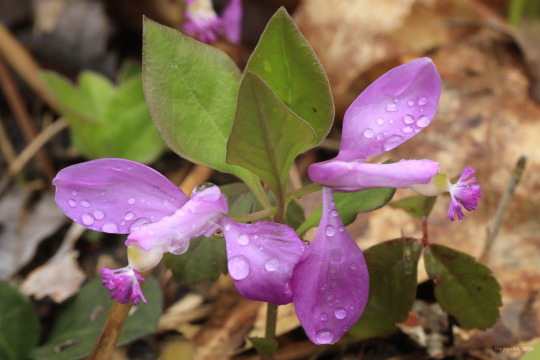
#appalachia#vandalia#west virginia#maryland#allegheny mountains#wildflowers#flora#spring#cathedral state park#garrett state forest#cranesville swamp#fringed polygala#dotted hawthorn#dwarf ginseng#red chokeberry#painted trillium#golden ragwort
116 notes
·
View notes
Text
Worldbuilding: Unknown Unknowns, or Wait There’s Another Ginseng
Even when you know a subject fairly well, it can be worth your while to check a site like Science Daily or even Wikipedia to see if there’s new and useful info on it. Or, as in this case, old info that simply never came up on sources when you checked before.
There are actually two species of ginseng native to North America.
You’ve probably heard of American ginseng, Panax quinquifolius. Yet there’s an entirely different species, dwarf ginseng, Panax trifolius. Dwarf ginseng isn’t considered to be nearly as medicinal as its well-known sibling, but its small tubers are perfectly edible, and it does have some of the same adaptogenic compounds. Historically the locals used it medicinally for chest colds and the like. It might be worth further investigation even as just a woodland crop, given it is a good thing to eat.
The background to this is that I have shreds of an Idea (fantasy ninjas), and I’m trying to find out what would be a good start and end scene for it. Hopefully that would perk up my brain (something new to write!) and get the plotbunnies enthusiastic enough to also finish the Colors draft faster than a dead crawl. I have no solid images for the scenes, but I figure if I can build a little more of how the story is supposed to work, it might be easier to visualize what those scenes might be.
Long story short, one character has to go undercover. But as I was going over the situation in my head, my main ninja pointed out that the original cover story an arrogant noble came up with wouldn’t work. Go undercover in the guise of a nekomata, oni, tanuki, kitsune? Any of these who were born youkai would have to have friends and clan that would be known; and, for example, a normal fox gaining enough years and power to become a full-fledged kitsune would be noticed by other youkai before it ever took a humanoid form. People would remember. People would check. It’d be all too easy for someone with a suspicious frame of mind to blow the whole cover wide open.
But a plant gathering enough ki to cultivate a youkai form? Those happen most often when lucky plants (or unlucky, see vampire trees) touched by magic get overlooked.
A tiny medicinal plant in a forest is a very good candidate for “went overlooked”.
Honestly, I stumbled on this in part because of a thought-chain of, “trees are actually not a separate category but a specific plant lifeway in several groups, huh I wonder what a ginseng tree would look like”, and looking up the scientific classification of ginseng species. Turns out they’re in the ivy family, which tends not to be trees - or at least, not very good ones. There’s a relative that gets to small tree size and is renowned in Japanese proverbs for being useless at that stage.
And that’s where I found out there are possibly ten different species of ginseng, when before I’d only known about the Korean, American, and near-extirpated Chinese ginsengs.
None of my other books on ginseng mention dwarf ginseng. Digging through books I have on the shelf, there is a brief (about four lines) mention of it in Peterson’s Field Guide to Edible Wild Plants, but I’d never have noticed that without the Wikipedia info.
...Now I want to read an SF story where someone colonizing an alien planet brought along all the lesser-known edible plants and woodland herbs so they could homestead in a forest even if conventional crops failed. Just in case. Anyone want to write this?
Poke around, just for fun. You never know what you don’t know!
3 notes
·
View notes
Text
There is a special charm about bonsai plants, and such tiny-looking trees will enhance the visual appeal of your interior area. Since bonsai trees require careful pruning, wiring, and molding to make them appear like little trees, they are not genetically dwarfed. The Chinese term "penzai" is the source of the name "bonsai," which translates to "tray planting." Growing bonsai plants is an artistic way to depict nature at small scale. Any tree species, such as maple, elm, ficus, juniper, cherry blossom, etc., can be used to create a bonsai. Let your imagination go wild with these exquisite works of art. Take a look at our expanding selection of bonsai plants available online in Dubai right now.
Highlighted Bonsai Trees We provide a wide selection of carefully curated bonsai plants for sale online in Dubai. To view the featured bonsai bushes in our collection, browse our Bonsai category. We have the Ficus Ginseng Bonsai and the Ficus Benjamin Danielle Weeping Fig. We intend to expand our collection of plants, so please return often to see which ones strike your eye.
Here are a few quick recommendations for caring for bonsai:
The proper lighting should be indirect, strong light. Certain bonsai demand direct sunshine; see the individual requirements. Watering: Apply water as soon as the soil seems dry. Refrain from allowing the soil to get too dry or soggy. Humidity: In dry conditions, especially, keep the humidity level up by misting or using a humidity tray. Pruning: To preserve form and promote healthy development, regularly trim branches and roots. Fertilizing: Apply a balanced fertilizer as needed during the spring and summer growing seasons. Repotting: To replenish the soil and prune roots, repot every two to three years.
Your bonsai will stay gorgeous and healthy if you follow these suggestions.
0 notes
Photo

Dwarf Ginseng, Panax trifolius (by me)
#Dwarf Ginseng#Panax trifolius#Panax#Araliaceae#Apiales#flowers#plants#wildflower#wetlands#spring#Middlesex County#New Jersey#mine
39 notes
·
View notes
Photo

Dwarf Ginseng
2 notes
·
View notes
Text
Springtime Herbs To Have On Hand
Springtime Herbs To Have On Hand
Traditionally, the days around the Vernal Equinox (mid to late March) and the month(s) after it was seen as a time of intense, rushing energy: days get longer and the sunlight more intense, the first signs of green growth emerge, and wildlife stirs again. Herbalists still consider this a time when the more inward, ‘congealing’ energies of Winter begin to transition into the more outward,…
View On WordPress
#birch bark#body#Burdock Root#cleavers#dandelion#dandelion greens#decoctions#dwarf ginseng#goldthread#Herbs#Medicinal Echinacea#mustard greens#nettles#sarsaparilla#sassafrass#spikenard#Spring Equinox#tree sap#wild sarsaparilla#wintergreen#yellow dock
3 notes
·
View notes
Note
Just wondering, what're Grey's pokemons nicknames?
Vileplume - Piff - Grown as a project as a child in class, like when kids have to grow lima beans or sunflowers.
Cubone - Harley - his first true catch, his own choice, a very naughty boy, clever, difficult to connect with. House mon.
Poliwrath - Luthor - A catch as a young child, good natured and well adjusted. Strong willed.
Gyarados - Tanto (lady of the lake) - A sweet gentle soul who proves not all of the species are menacing. Prosthetic tail.
Houndoom - Saxon - An old ex-fighter, floppy herd mon now, keeps flocks in line, and lies to lie on people. loves a pet, scruffy.
Blastoise - Marcellus - A calm caring presence, spends his retirement days watering crops with fitted sprinkler heads on his cannons.
Hawlucha - Mysterio - Jolly, high energy, very charismatic. Loves to showboat, is friendly and open.
Carracosta - Costa - shy, docile and often out at sea, comes in for some time with Grey, but keeps to himself a lot.
Lucario - Gai - Always close at hand, helps Grey test items, is a solid fighter and very energetic individual. Can hype up a room.
Gyarados - Bilquiss - shiny, the meanest natured of the pod, not to be messed with, holds some regard for her trainer, but only him.
Gyarados - Atriox - Strongest and largest in the pod, a king form, unusual horns and fins, very well balanced, a good fighter.
Machop - Jack - Alwasy in his little puffer jacket, he's a good natured pokemon with a curious nature, and willing energy to be involved.
Twin Tyrogues - Andy and Olly - hatched from a single egg, they're inseparable, chaos energy, totally dumb, house mons.
Pancham - Pam - a house pokemon, testing little girl, leads others to make bad choices, devious, smart.
Pangoro - Mob - docile, a good battler, soft natured, lost his cape fur a while back, never regrew. Very chill.
Toxel - Vladimir - Got some dietary allergies, house pokemon, total baby, loves to sit on a hip. Has to have special care during storms.
Tangela - Jo - Caught young, grows flowers now, very shy, Helps around the house a lot.
Garchomp - Ginseng - A sturdy boy with a tolerance for others. Boa's dad.
Scyther - Loch - helps tend the grounds, a little stoic, but kind hearted, does the right thing.
Darumaka - Zeke - a lovable goofball, house pokemon, rolls everywhere possible.
Chesnaught - Obelix - shiny, dwarf sized. A tiny sweetheart, buddy shaped, not suitable for battle.
Mudsdale - Chester - Sturdy, solid mount for Grey to traverse with ease. Bombproof.
Dusknoir - Vanquish - naughty, tricky, cheeky and elusive, a great deal of fun, visitors like her a lot.
Accelgor - Seven - Cool calm and collected, tries to maintain this energy but can be startled easily.
Talonflame - Angel - a great delivery mon, proud and fussy, but very fond of her trainer, a speedy individual.
145 notes
·
View notes
Text
Smoothie Ideas
It’s been a little while and since I posted one of these and I’ve been asked by exactly no one to post another, so here we are! If I had access to all of these and a good amount of space to work with as well as room in a freezer, and a good blender/food processor, this is what I would do. All plant parts in equal amounts. Plus plain yogurt and silky tofu for texture. And honey, maple syrup, and cane sugar for added sweetness. Also assume anything toxic or potentially toxic (elderberries and pokeberry, for example) are properly prepared (cooked, seeds removed, etc.).
Drupe smoothie
açaí
acerola
allspice
amla
avocado
barberries: Darwin’s Japanese Ottawa
beautyberry
black huckleberry
brambles: Allegheny blackberry American raspberry arctic raspberry black raspberry blue raspberry boysenberry Canadian blackberry cloudberry common dewberry dewberry glandstem blackberry golden raspberry leafy-bracted blackberry loganberry Ohelo berry olallieberry Pennsylvania blackberry purple-flowered raspberry red raspberry salmonberry setose blackberry sphagnum dewberry swamp dewberry tayberry thimbleberry trailing raspberry wineberry youngberry
buffaloberry
camu camu
cashew apple
coffee cherry
crowberry
cupuaçu
dates: Barhi medjool
dogwoods: bunchberry cornel gray Kousa red osier silky
elderberries: common red
false Solomon’s seals: Canada mayflower false Solomon’s seal starry false Solomon’s seal
gandaria
genip
ginsengs: American Asian dwarf
hackberries: common sugarberry
harar
jujubes: ber black honey red
kinnikinnick
linden berry
longan
loquat
lychee
mamey sapote
mangos: ataulfo carabao Hayden Maya Palmer
miracleberry
mombins: ambarella imbu purple
mulberries: black red white
nance
Oregon grapes: creeping holly-leaved
partridgeberry
peach palm
pechiche
peppercorn
porcelainberry
rambutan
rose apples: Java jamun Malay water
silverberry
snowberries: common coralberry western
stone fruits: apricot American plum Bing cherry black cherry Canada plum chokecherry damson donut peach Mirabelle nectarcot nectarine peach pin cherry plumcot Rainier cherry sand cherry sloe sour cherry sugarplum
sugar palm
viburnums: arrowwood highbush cranberry mapleleaf viburnum nannyberry snowball tree squashberry witch’s hobblebush witherod viburnum
white sapote
wintergreens: creeping snowberry salal teaberry
2 notes
·
View notes
Text
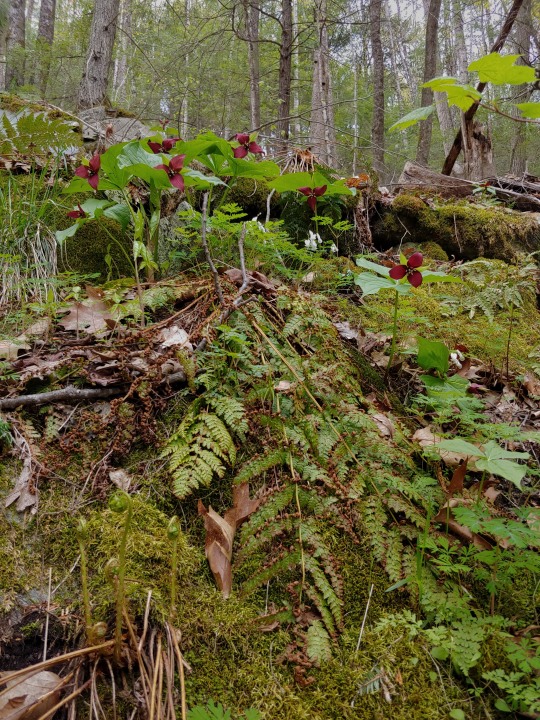


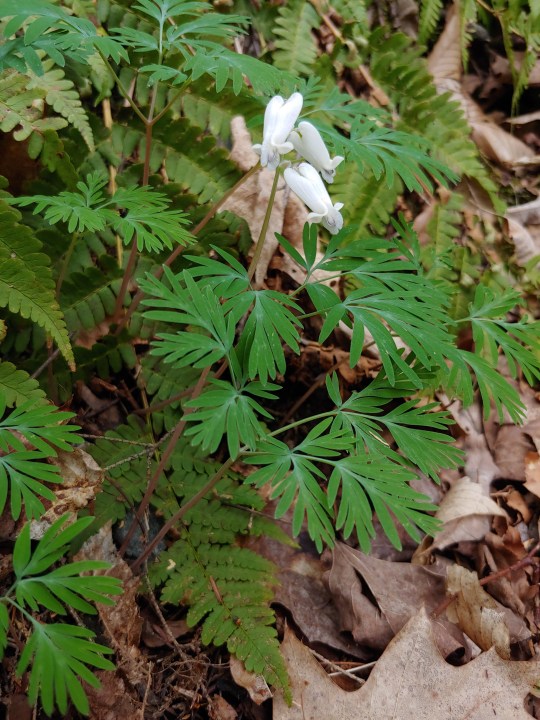

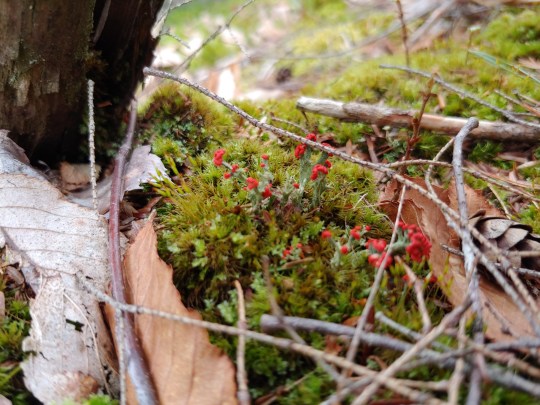
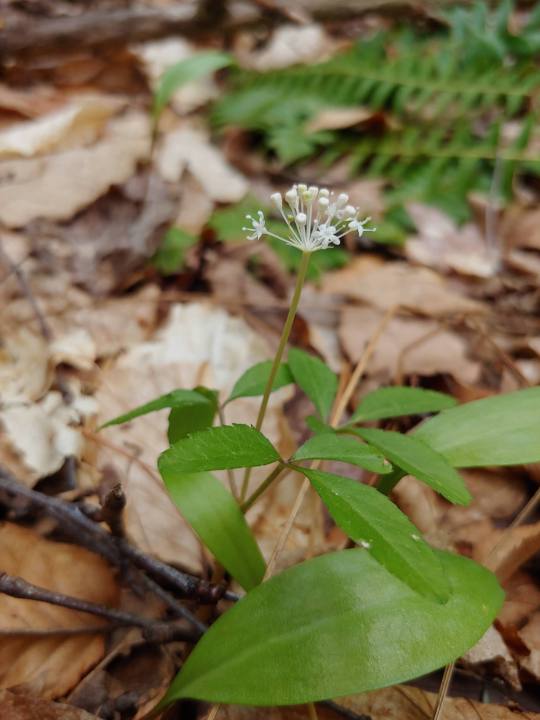


nrHello. I have some flower pictures for your viewing pleasure. It is officially spring ephemeral season and I unexpectedly came across so many on a hike yesterday!!! Here are a small selection of some of them
[1] Red trillium (Trillium erectum), squirrel corn (Dicentra canadensis), some ferns, growing on a hillside. There were so many flowers here. I don't think I've ever seen so many in such a small area.
[2] Wild ginger (Asarum canadense)!!! This is my favorite flower (look right at the base of the plant)! There was so much of it here!!! We still don't really know what pollinates them, although I believe a theory is that it is beetles and ants
[3] Dutchman's breeches (Dicentra cucullaria)
[4] Squirrel corn, a pretty good flower. I hadn't seen them in the wild before. 11/10.
[5] Long-spurred violet (Viola rostrata). Accurate name, very long spurs.
[6] uhhh definitely some sort of moss.
[7] Wild ginseng (Panax quinquefolia) 13/10 best scientific name, very fun to say. Unfortunately threatened/endangered in several states due to demand as a traditional medicinal plant. Actually this is dwarf ginseng (Panax trifolius)! Slightly less fun to say scienetific name.
[8] Jack-in-the-pulpit (Arisaema triphyllum). I also just learned that apparently this plant is also known as brown dragon! A very good name!
[9] Sharp-lobed hepatica (Hepatica acutiloba). For some reason the flowers on this plant always sort of annoyed me. But what good leaf shapes.
#this has been the most exciting thing to happen#I wasn't expecting so many#I have about 50 more photos of plants from yesterday#plant friends
4 notes
·
View notes
Photo

Tiny. One would want this in your woodland rock garden. Dwarf Ginseng, Panax trifolius. Specimen and picture by Helen Lowe Metzman.
34 notes
·
View notes
Text


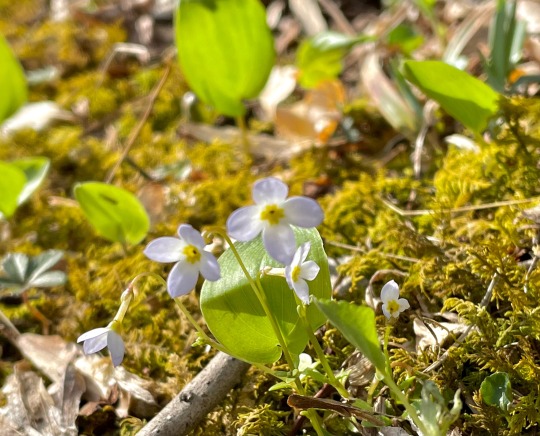
Last week I saw a lot of native wildflowers but never got around to posting most of them. Here are three species I saw today: fringed polygala, dwarf ginseng, and bluets. The dwarf ginseng was about at its peak but the other two are just starting. I saw carpets of rue anemones so they get a separate post. Pretty many wood anemones too. It was good.
#pennsylvania#wildflowers#native wildflowers#spring ephemerals#april#springtime#woodland wildflowers#plants#bluets#fringed polygala#dwarf ginseng
243 notes
·
View notes
Photo




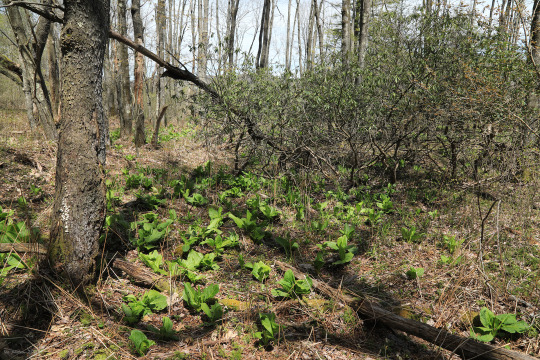

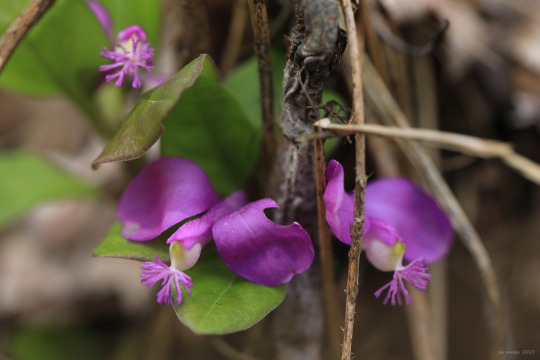


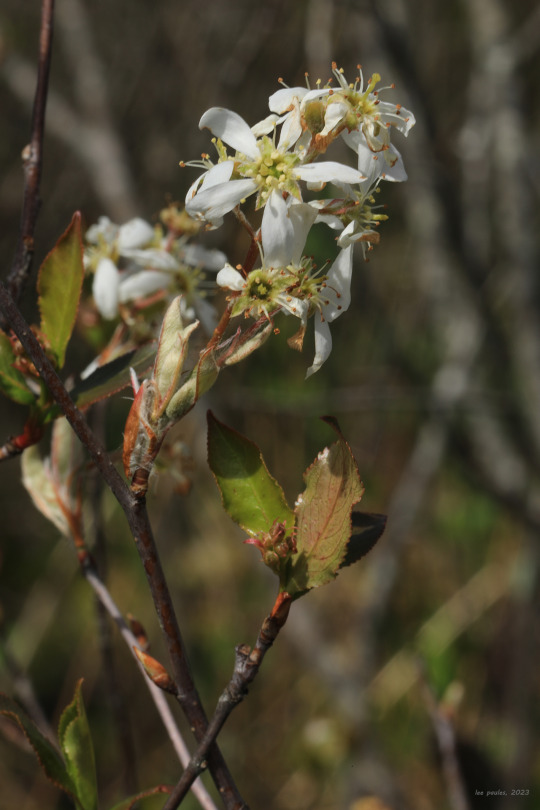
Winter made an encore appearance to the Central Appalachians this past week, with some locations above 3000 feet receiving a foot or more of snow. By Friday, all that nasty cold and freezing precipitation had moved out and spring returned with a vengeance today, with temperatures in the upper sixties to low seventies. It was a perfect day to explore the ancient sphagnum bog at Cranesville Swamp Preserve, whose boreal wetlands community owes its existence to the cool temperatures provided by the frost pocket in which it nestles. From top: small cranberry (Vaccinium oxycoccos) and eastern teaberry (Gaultheria procumbens) grow from a sphagnum hummock; lowbush blueberry (Vaccinium angustifolium); eastern skunk cabbage (Symplocarpus foetidus) growing in a damp spot near the bog’s edge; fringed polygala (Polygaloides paucifolia); dwarf ginseng (Panax trifolius); goldthread (Coptis trifolia); and downy serviceberry (Amelanchier arborea).
#appalachia#vandalia#west virginia#maryland#spring#may#allegheny mountains#bog#peat bog#shagnum#cranesville swamp#cranesville swamp preserve#small cranberry#eastern teaberry#lowbush blueberry#eastern skunk cabbage#fringed polygala#dwarf ginseng#goldthread#downy serviceberry#flora#wildflowers
97 notes
·
View notes
Text
Bonsai is a Japanese art of transforming and nurturing Trees into their Dwarf versions. Typically these plants are grown in coarse media which includes Akadama. In Japan this tradition is followed from China thousands year back.
1 note
·
View note
Photo
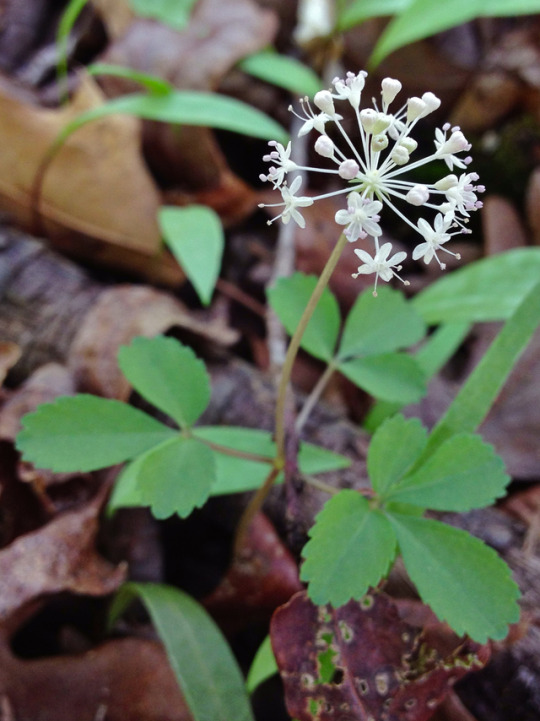
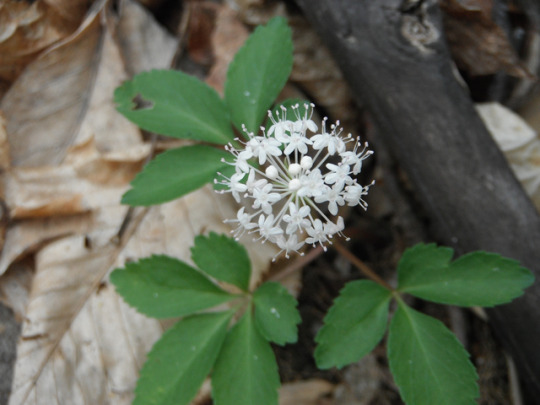
Panax trifolius, commonly called dwarf ginseng, is plant native to the Northeastern and Appalachian regions of North America. It produces an umbel of white flowers in late spring.
7 notes
·
View notes
Text
Springtime Herbs To Have On Hand
Springtime Herbs To Have On Hand
Traditionally, the days around the Vernal Equinox (mid to late March) and the month(s) after it was seen as a time of intense, rushing energy: days get longer and the sunlight more intense, the first signs of green growth emerge, and wildlife stirs again. Herbalists still consider this a time when the more inward, ‘congealing’ energies of Winter begin to transition into the more outward,…
View On WordPress
#Birch Bark#Burdock#Cleavers#Dandelion#Decoctions#dwarf ginseng#Echinacea#Goldthread#Herbs#mustard greens#nettles#Sarsaparilla#Sassafrass#spikenard#Springtime#tree sap#wild Sarsaparilla#wintergreen#Yellow Dock
0 notes